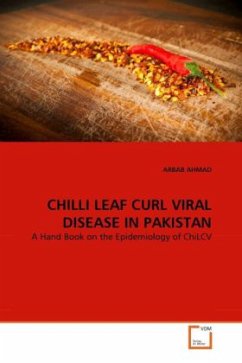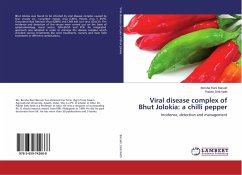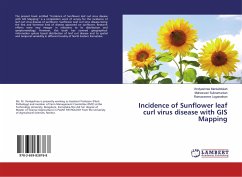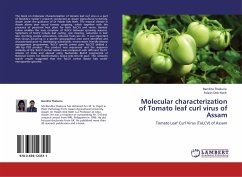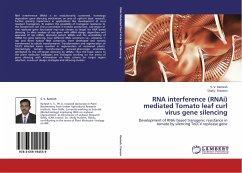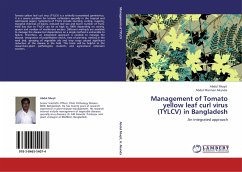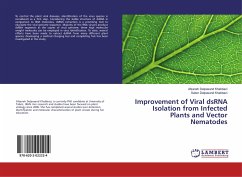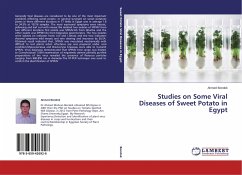In Pakistan, most of the chilli production comes from Punjab province where climatic conditions are favorable for whitefly (Bemisia tabaci) which acts as vector for the spread of Chilli leaf curl virus (ChilCV) disease. Over last few years high incidence of ChiLCV disease has been reported. This handbook takes into account an attempt to figure out the whitefly population density during chilli cropping season and its relation to the occurrence of the disease. This information is important to effectively manage the disease either without the use of pesticides (i.e. by shifting the sowing and harvesting dates to avoid the peak period of whitefly infestation) or minimal use of pesticides (i.e. by applying pesticides at optimum time).
Bitte wählen Sie Ihr Anliegen aus.
Rechnungen
Retourenschein anfordern
Bestellstatus
Storno

